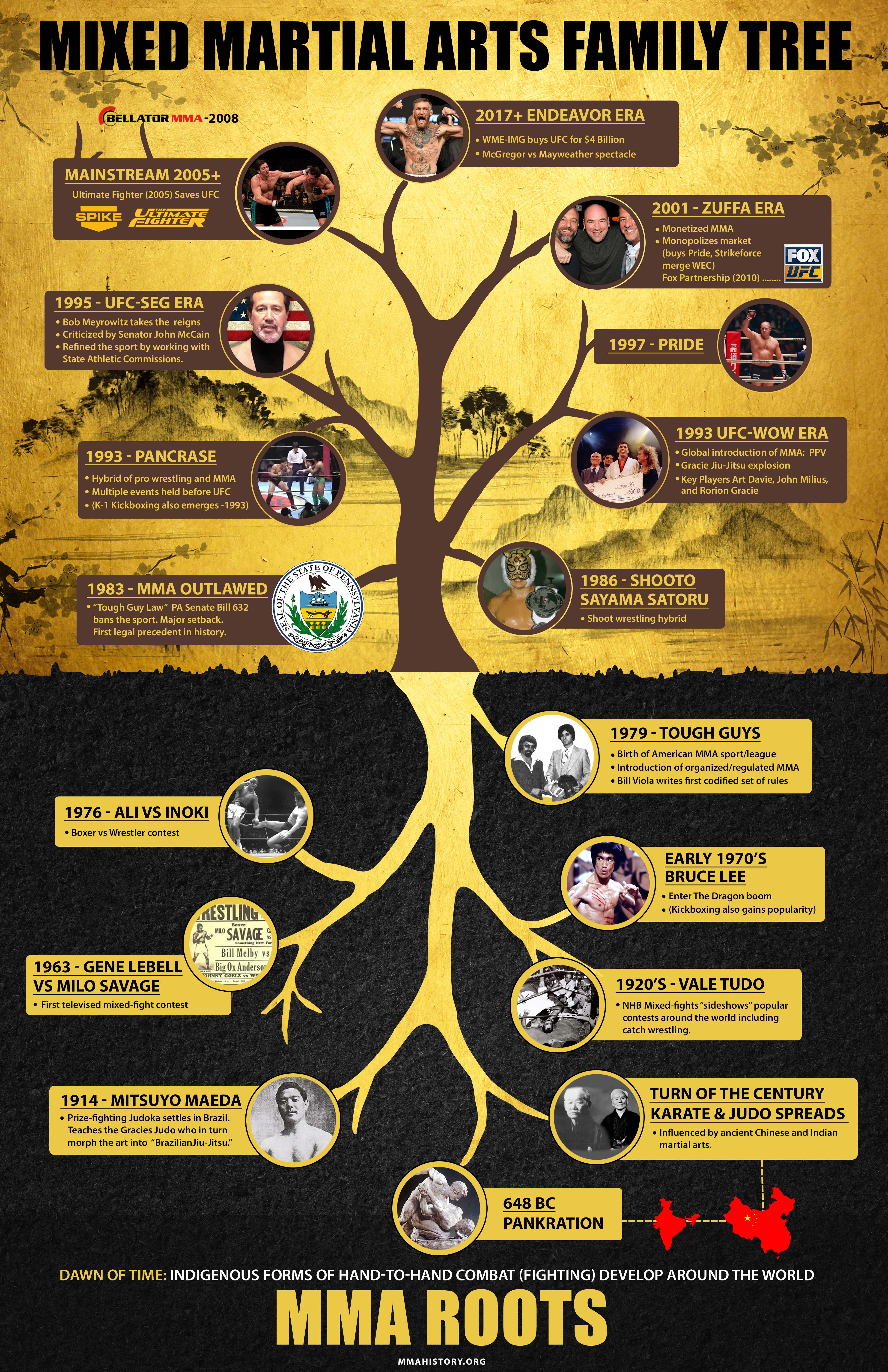The Background And Development Of Martial Arts Worldwide
The Background And Development Of Martial Arts Worldwide
Blog Article
kung fu Written By-Sutton TRUE
Martial arts have an interesting background that covers centuries and continents. You might locate it fascinating how old techniques like Shuai Jiao and Kalaripayattu laid the groundwork for modern combat methods. These self-controls not only highlight physical abilities yet additionally show the societies that birthed them. As you explore their evolution, think about how globalization has actually transformed these traditional kinds into hybrid styles. What impacts do you think have shaped today's martial arts landscape?
Ancient Martial arts: The Structures of Fight
As you look into the globe of old martial arts, you'll discover the abundant structures that shaped fight strategies across societies. Very early methods focused on Self-Defense and survival, typically integrating strikes, grappling, and weaponry.
In ancient China, as an example, methods like Shuai Jiao emphasized tosses and joint locks, while India's Kalaripayattu showcased agility and fluid motion. mcduffy kajukenbo developed Kenjutsu, a polished swordsmanship that highlighted self-control and method.
These martial arts offered not just for fight but likewise as a means of individual growth, instilling worths like respect and willpower. The blending of these strategies over time prepared for the diverse martial arts you see today, each reflecting the special ideologies and requirements of its society.
The Social Impact on Martial Arts Development
While martial arts often reflect the useful demands of a culture, they also embody the social worths and beliefs of their beginnings. When you discover different martial arts, you'll discover just how they're affected by faith, ideology, and social norms.
As an example, the emphasis on regard and discipline in Japanese martial arts originates from Zen Buddhism and samurai culture. In contrast, Brazilian Jiu-Jitsu promotes versatility and method, shaped by the requirement for performance in a diverse, modern setting.
You might locate that the routines, uniforms, and training approaches mirror a neighborhood's history and identification. By comprehending these cultural impacts, you grow your gratitude of martial arts and their role fit human experiences around the world.
Modern Adaptations and the Globalization of Martial arts
Martial arts have changed considerably in recent years, adjusting to contemporary culture and global impacts. You'll discover that conventional kinds have mixed with modern strategies, producing hybrid styles like mixed martial arts. These adaptations cater to diverse target markets, making martial arts obtainable and attractive worldwide.
With the increase of social networks and digital systems, you can find tutorials and competitors from all corners of the globe, breaking geographical obstacles. This globalization has caused a shared appreciation for different techniques, from Brazilian Jiu-Jitsu to Taekwondo.
As you engage with these arts, you'll recognize they're not almost battle; they advertise health and fitness, discipline, and psychological well-being.
Inevitably, modern-day adjustments have actually enhanced the martial arts landscape, making it a vibrant and developing practice.
Final thought
In discovering the background and evolution of martial arts, you discover an interesting blend of techniques, cultures, and viewpoints. From old self-controls like Shuai Jiao and Kalaripayattu to the contemporary versatility seen in mixed martial arts, martial arts mirror humanity's quest for Self-Defense and individual development. As you involve with these techniques, you not only get abilities but additionally a deeper gratitude for the diverse traditions that form our globe today. So, proceed your journey and welcome the art of fight!
